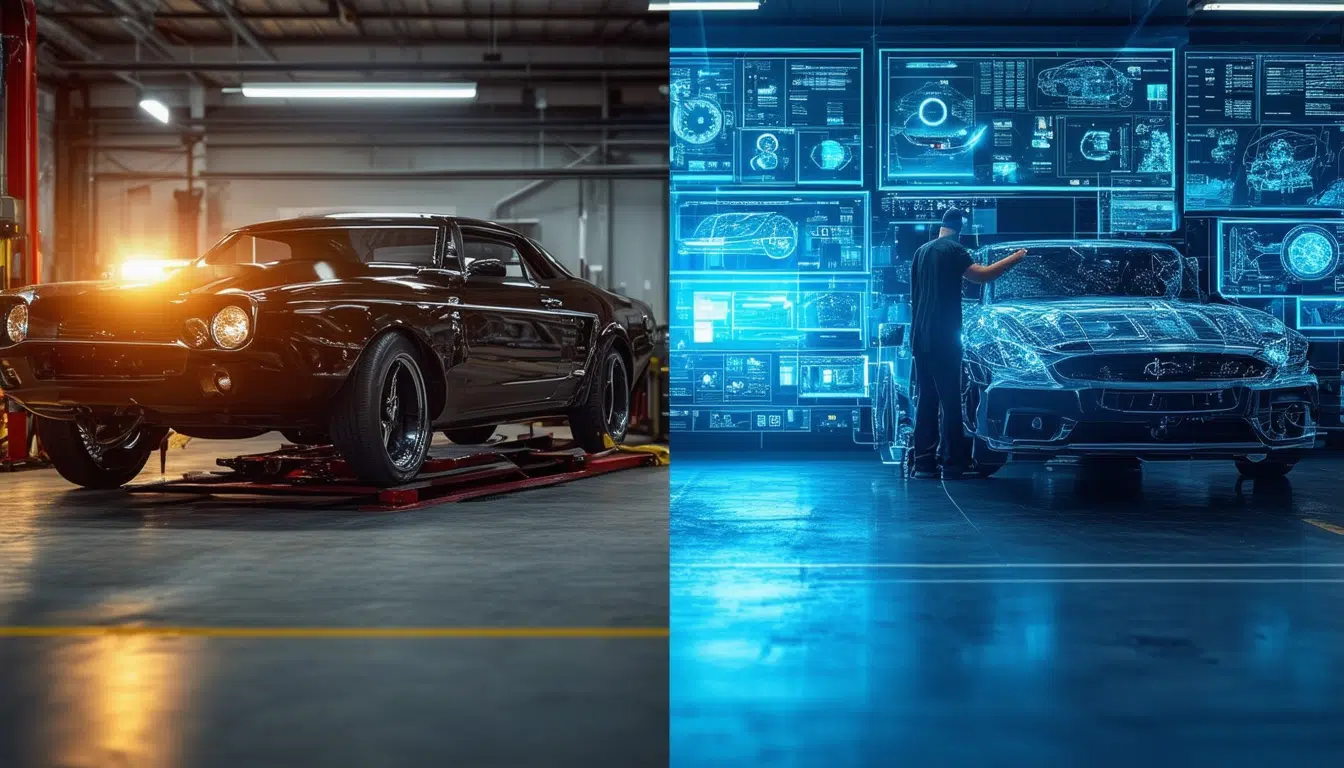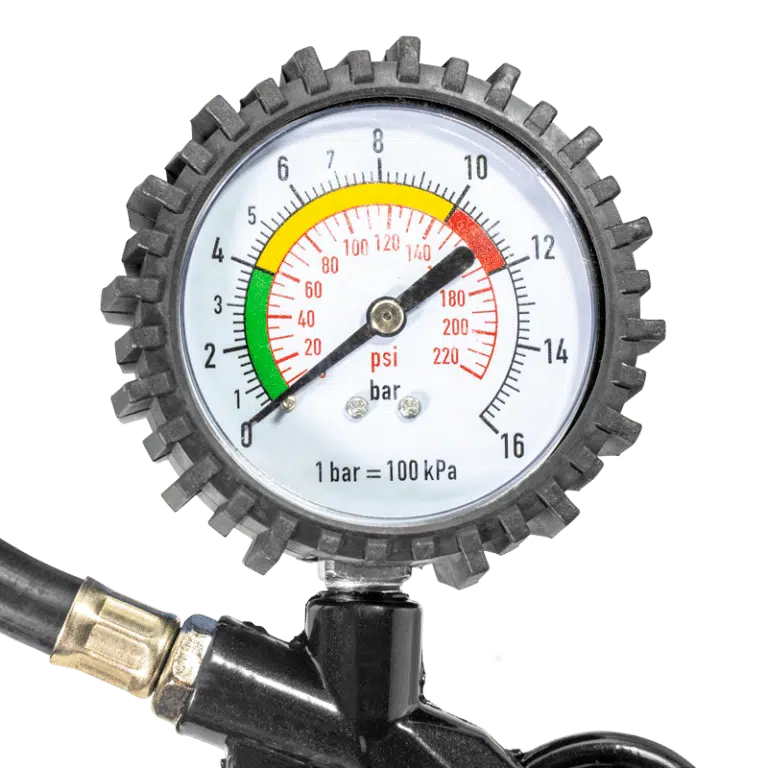From simple engine checks to the complexity of the processor: the evolution of automotive maintenance

In recent years, technological evolution in the automotive field has transformed the approach to vehicle maintenance. We have moved from a simple engine check, focused on mechanical aspects, to a more complex analysis involving processors and digital systems. This article explores how this evolution has redefined the relationship between the driver and the car, and how it has influenced current maintenance practices.
A journey from basic mechanics to the digital era
In the past, automotive maintenance focused on purely mechanical components. The basic engine check included tasks like checking the oil, adjusting the carburetor, and changing spark plugs. These procedures were sufficient to ensure the vehicle’s performance and longevity. However, over time, car technology has advanced significantly.
The new prominence of electronic systems
Today, vehicles are much more than mechanical machines. Electronic systems, essentially powerful processors, have taken undeniable prominence. These systems are responsible for aspects such as navigation, connectivity, and onboard entertainment. The quality of these systems greatly depends on the processor that the car carries, determining its response speed and fluidity. A mediocre processor can cause the touchscreen to lag, directly affecting the driver’s experience.
Importance of the processor in the modern vehicle
Interaction with the screens and digital systems of cars is now more frequent than the actual handling of the engine. The quality and power of the car’s processor influence various aspects, such as:
- Response speed of the touchscreen.
- Fluidity of the navigation system and the ability to run multiple applications simultaneously.
- Speed in starting the system and response from cameras and sensors.
Challenges and changes in automotive maintenance
Current vehicles require more than an engine check; they need maintenance that encompasses both mechanics and electronic systems. This implies new challenges for technicians, who must master both traditional mechanical diagnosis and the handling of digital software and hardware. Today, the most common problems may be related to interface lag or malfunctions in infotainment systems due to a poor processor, which can ruin the vehicle’s user experience.
New maintenance practices
Predictive maintenance and technology-assisted diagnosis are gaining prominence. Detection systems in cars, such as advanced sensors and diagnostic programs, allow anticipating failures before they occur and optimizing vehicle performance. This trend is complemented by the possibility of deducting an electric car in terms of taxes, something that more and more owners consider.
The relevance of processors in the future of automotive
The evolution of automotive maintenance does not stop here. As technology continues to advance, car processors become as important as a well-tuned engine. Powerful chips like the Snapdragon 8 Elite are no longer just for mobile devices, but are aimed at enhancing vehicle performance, ensuring a smooth and satisfying driving experience.
Ultimately, when choosing a new car or thinking about its maintenance, it is crucial to consider not only the mechanics but also the technological capacity of its electronic systems. The best models combine a good engine with an efficient processor, providing an exceptional experience for the user.
Evolution of Automotive Maintenance: From Engine to Processor
Automotive maintenance has come a long way since the days when attention was solely focused on engine mechanics. Technological advancements have led to the incorporation of complex electronic systems, transforming the way we interact with our vehicles. This evolution has not only changed the internal structure of cars but has also redefined maintenance standards.
Initially, the main focus was on simple engine tasks, which over time were complemented by more advanced diagnostic services. The arrival of electronics marked a significant change, introducing computers and sensors that required specialized technical attention. Digital screens began to strengthen their presence, demanding increasing familiarity from the user with technology traditionally associated with devices such as smartphones and computers.
In modern vehicles, the processor has become the central axis of the functioning of interfaces and infotainment systems. These components, once considered luxury accessories, are now essential to the day-to-day driving experience. A processor’s ability to manage applications, cameras, and navigation systems seamlessly makes the difference between a smooth driving experience and a frustrating one.
Thus, the evolution of automotive maintenance reflects the growing impact of technology in the industry. Car manufacturers have learned to adapt to these transformations, integrating more powerful processors and highly efficient systems. The importance of evaluating not only the motor’s capacity but also the underlying technology is a critical issue when choosing a new vehicle.
As we continue to advance in this digital era, the need for innovative and comprehensive maintenance becomes more pressing. The ability to identify and resolve problems within complex processing networks is essential for preserving both vehicle performance and driver satisfaction. In this context, modern automotive maintenance has risen to a level of complexity that demands attention to detail and advanced knowledge of automotive technology.





